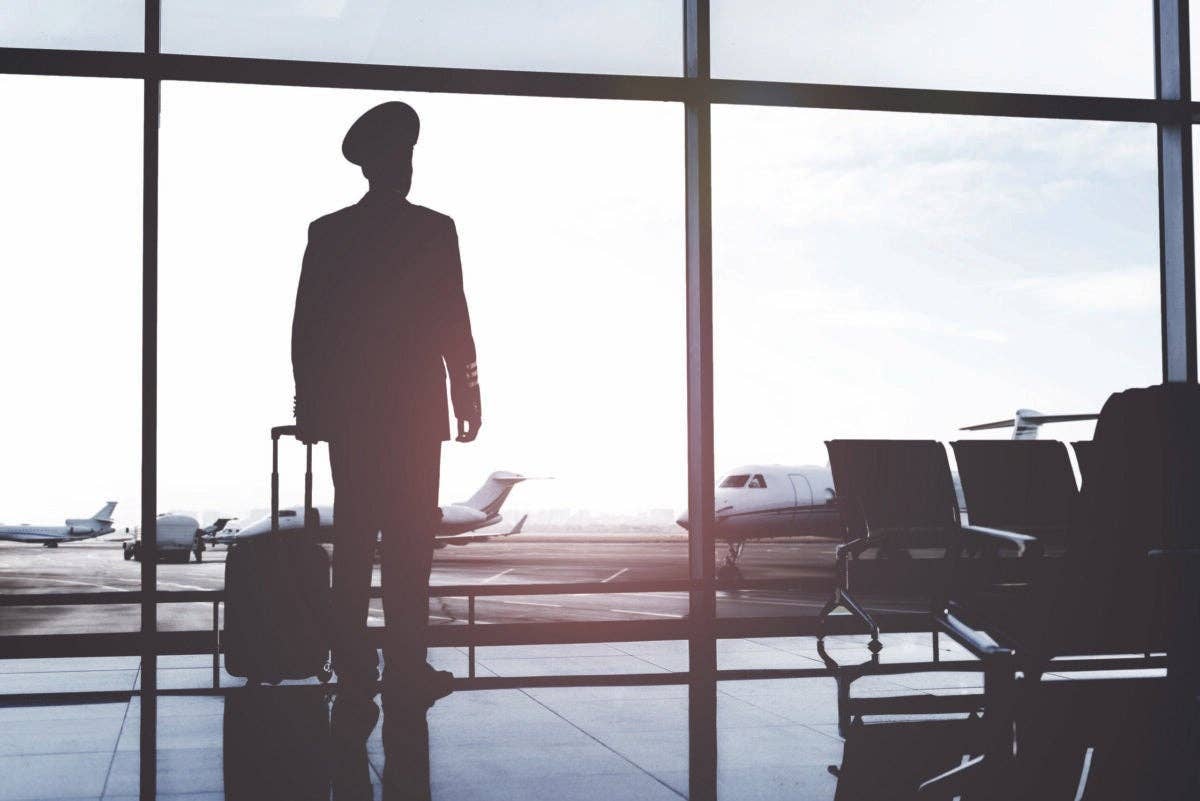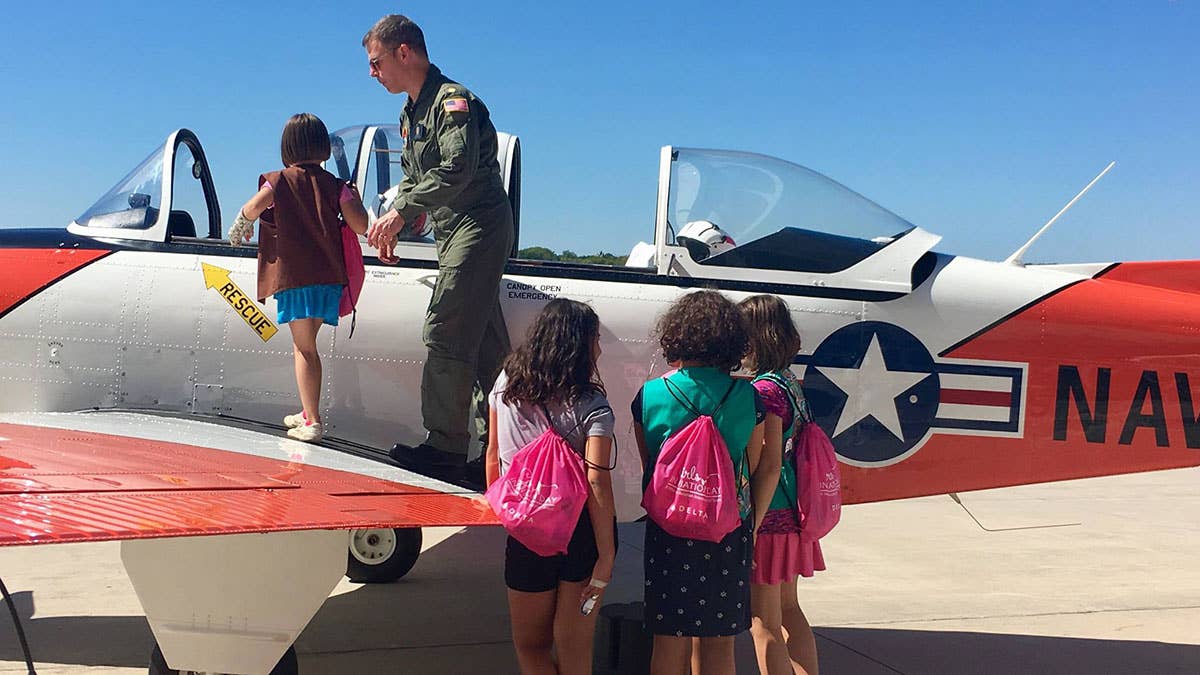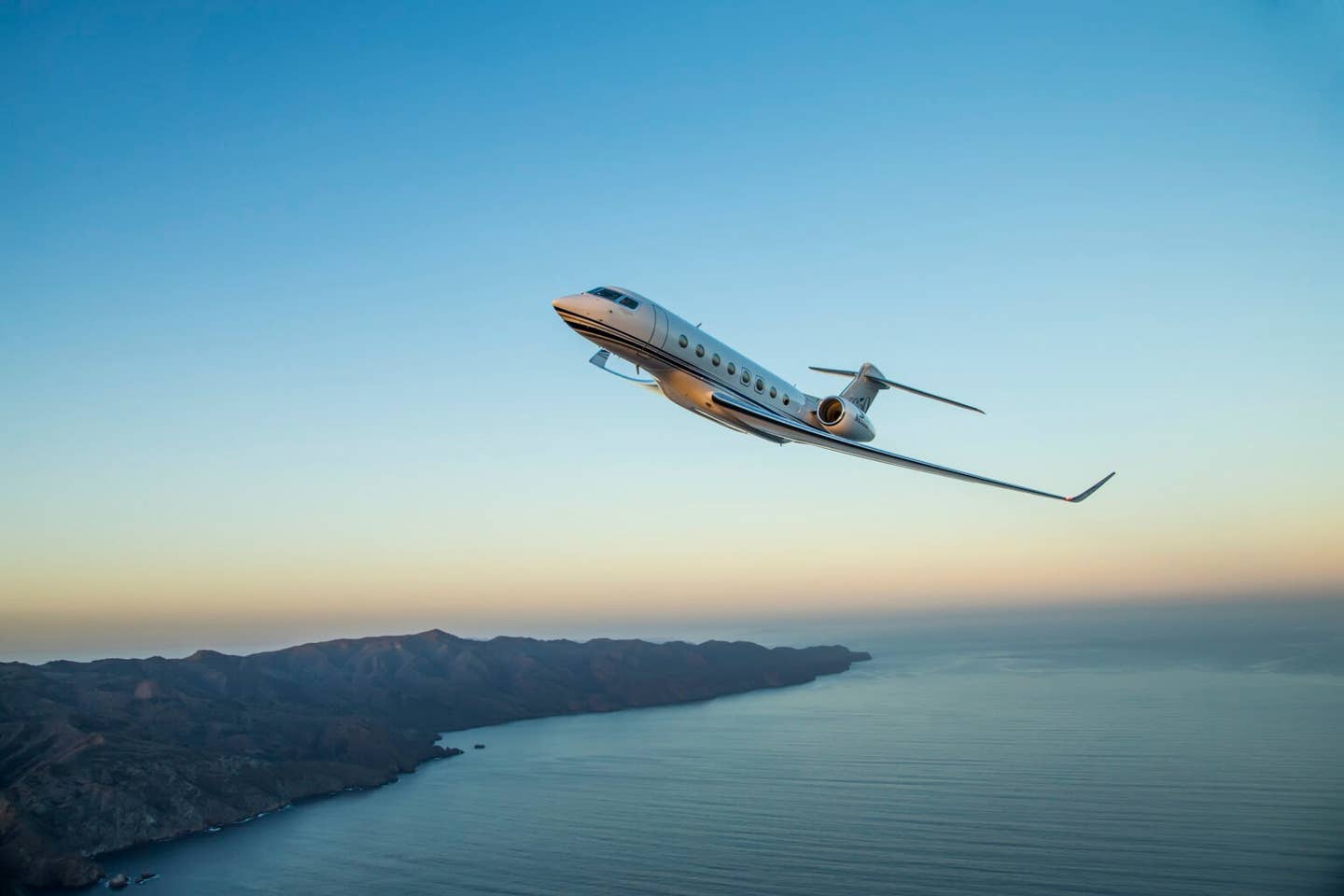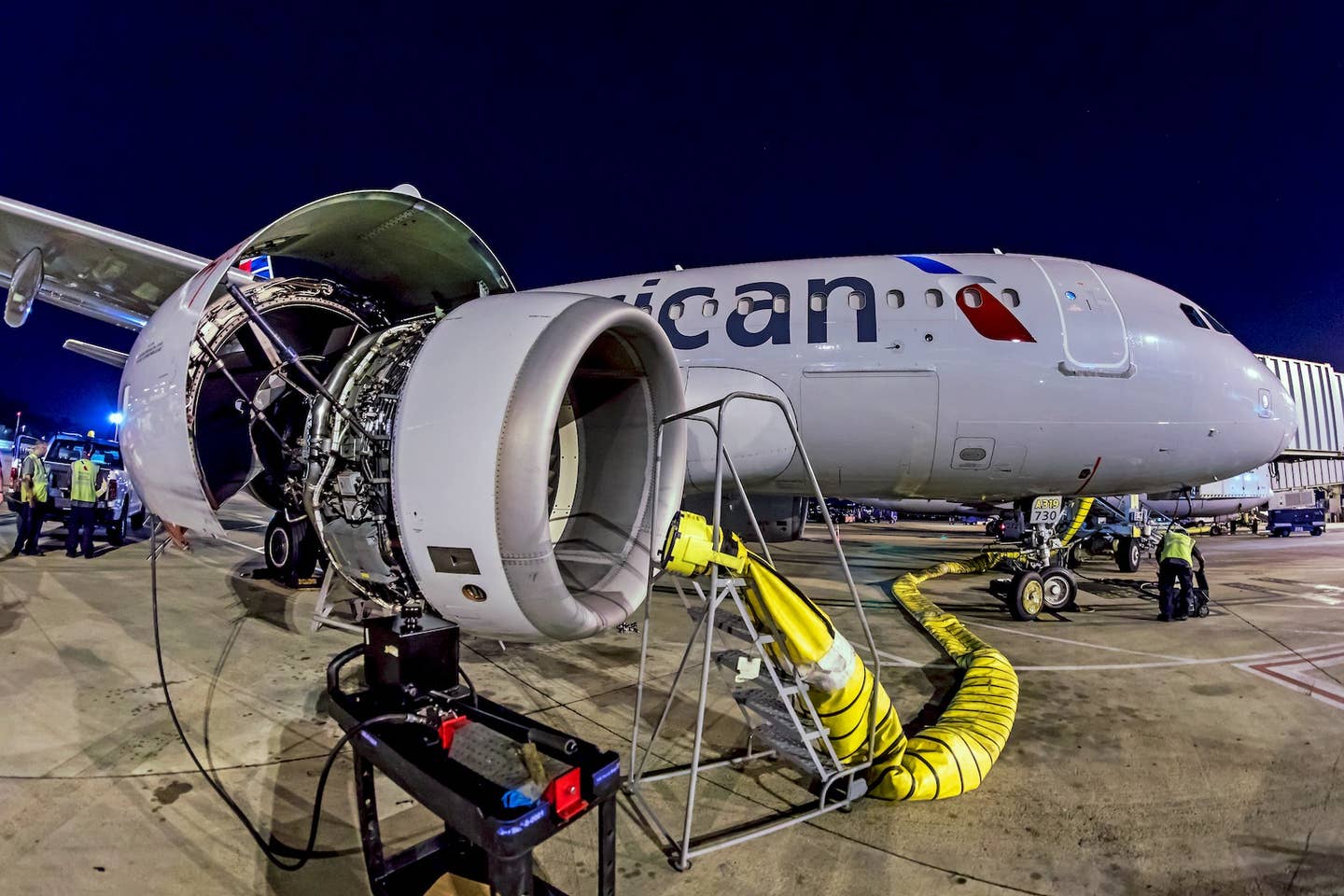How to Achieve Work-Life Balance as a Pilot
There are many steps that can be taken to ensure mental health and overall well-being.

Although achieving a good work-life balance can be a challenge for pilots, it is extremely important for a pilot’s mental health and overall well-being. [Credit: iStock]
The aviation industry operates 24 hours a day, seven days a week, 356 days a year.
Being a pilot typically involves working evenings, overnights, weekends, and holidays. The job can therefore take a toll on a pilot’s personal life outside of work.
Although achieving a good work-life balance can be a challenge for pilots, it is extremely important for a pilot’s mental health and overall well-being. There are many steps that pilots can take to ensure that they have a solid personal-professional balance.
Flying Widebody Aircraft and Long-Haul Flights
Pilots are assigned to a certain type of aircraft by their airline.
Widebody aircraft are typically seen as more desirable for those seeking more time off between working days. This is because airlines have a minimum number of hours that pilots need to fly per month, and it is easier to reach the required amount through flying a few long-haul flights operated by widebody aircraft than by flying many short-haul segments on a narrowbody aircraft.
Widebody pilots therefore tend to have more days off and longer rest periods at home between their trips.
Commuting vs. Living ‘In Base’
Airline pilots begin and end their trips at an assigned crew base. Some pilots choose to not live where they are based and commute by air before and after their trips using airline flight benefits.
For example, a New York-based pilot could live in Cleveland or Louisville, Kentucky. The decision to commute can include many factors, such as cost of living and their family situation.
The decision of whether to commute or live “in base” can have a significant impact on a pilot’s work-life balance. Commuting adds hours—and sometimes an additional night—to a pilot’s time away from home, whereas living in base only requires a trip in a car or on public transit before and after work.
Having a Strong Support Network of Family and Friends
Although having supportive family and friends is beneficial in any career, it is especially important for a job like airline pilot.
A pilot’s schedule and time away from home can be challenging for family and relationships, and it is important for pilots to ensure that their friends and loved ones understand the nature of their schedule.
As pilots will miss weekends, holidays and special occasions for work, it is equally important for them to make time for their personal lives to help foster healthy relationships with friends and family.
The Impact of Seniority
In the United States, pilots are typically bid for and receive trips based on their seniority within the company. This means that pilots who have been with an airline for longer will generally have more say in their schedules.
Since a pilot’s schedule can have a major impact on their work-life balance, pilots who are further in their careers will typically have more desirable schedules.
Being ‘On Reserve’
Typically, pilots with low seniority at an airline will have to spend time “on reserve.” This means that they are required to be at their base airport—or close to it—and wait on standby.
If other pilots cannot work a flight for some reason—such as being sick, missing a connection, or reaching their maximum duty hours because of delays—-pilots on reserve are called in to fly.
Reserve duty is generally considered undesirable among crewmembers and having enough seniority to get off reserve and have a predetermined flight schedule—known in the industry as “holding a line”—is seen as a major improvement for a pilot’s work-life balance.
How Many Days a Month Do Pilots Work?
Major airlines typically set a minimum number of hours that their pilots fly monthly, with 70-75 being standard throughout the industry.
However, this figure only includes time spent flying. Pilots have many pre- and post-flight tasks, including flight planning, briefing, and safety checks.
The exact number of days and hours that a pilot works depends on their position and circumstances, but airline pilots typically work between 15 and 20 days per month. A pilot’s exact schedule depends on factors such as the company’s timetable and network, the pilot’s seniority, and their desire to pick up additional trips.
How Many Hours Can a Pilot Work in a Day?
Federal government regulations limit the number of hours a pilot can fly, as well as the minimum amount of rest between flights.
For example, if a pilot has nine or more hours of scheduled flight time, they must receive 11 consecutive hours of rest by law.
Do Pilots Have Good Work-Life Balance?
The schedule of an airline pilot can pose numerous challenges when it comes to having a good work-life balance.
Although some factors are out of a pilot’s control, such as their seniority, there are many steps that pilots can take to ensure that they have a good work-life balance.

Subscribe to Our Newsletter
Get the latest FLYING stories delivered directly to your inbox






